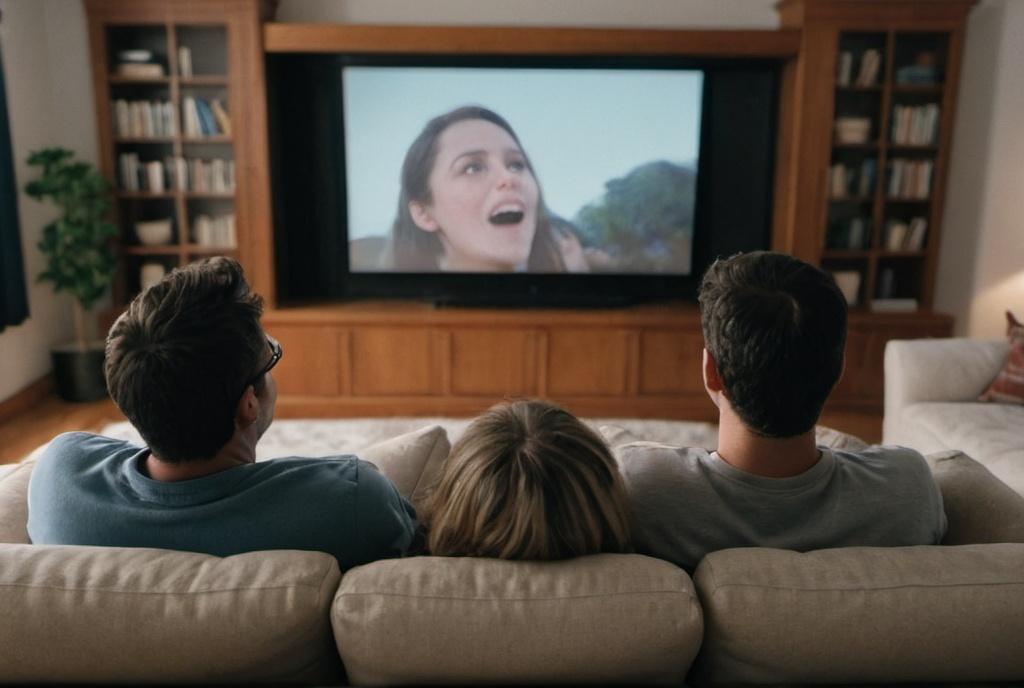
Key Take Aways About special effects history
- Special effects have evolved from George Méliès’s practical tricks to modern CGI marvels.
- Key historical milestones include Méliès’s *A Trip to the Moon* and stop-motion in *King Kong*.
- Technicolor and sophisticated sound enhanced storytelling in the 1930s.
- CGI revolutionized film in the 1990s, exemplified by *Jurassic Park* and *The Matrix*.
- Balancing practical effects with CGI creates more believable worlds, as shown by directors like Christopher Nolan.
- Future innovations in AI and VR promise exciting new cinematic possibilities.

Special Effects: A Background
Special effects have been flickering on cinema screens since the early days of the industry, gradually ramping up the wow-factor in storytelling. From practical effects—like the old-school trickery of George Méliès’s work—to today’s digital marvels, the evolution of these effects has been a journey marked by ingenuity and creativity. Without diving too far into techno-jargon, let’s explore how special effects have morphed over the decades and maintained their grip on the audience’s imagination.
A Glimpse into the Past
Cinema in the early days was raw and experimental. French filmmaker George Méliès, often dubbed the first “wizard of cinema,” was known for pioneering special effects. His 1902 film, *A Trip to the Moon*, dazzled viewers with charming effects that, although rudimentary by modern standards, were groundbreaking at the time. Méliès employed techniques such as hand-painted film frames and multiple exposures to create visual surprises. These tricks laid the groundwork for the industry’s future.
Fast-forward to the 1930s, and the eerie atmosphere of *King Kong* was achieved with stop-motion animation and rear projection. Willis O’Brien, the man behind Kong, used miniature models to bring the giant ape to life. These techniques were a hit, setting new standards for what audiences came to expect from movie magic.
The Advent of Technicolor and Audio
In the roaring ’30s, color and sound became en vogue, influencing how special effects were perceived. The introduction of Technicolor was a game-changer, offering filmmakers a broader palette to create more vibrant and visually striking effects. Sound effects also became more sophisticated, complementing the visual spectacle. Films like *The Wizard of Oz* and *Gone with the Wind* showcased how color and sound could enhance storytelling and create a spellbinding experience.
Table: Significant Early Movies and Their Effects
| Movie | Year | Special Effects Technique |
|---|---|---|
| A Trip to the Moon | 1902 | Multiple Exposures, Hand-Painted Frames |
| King Kong | 1933 | Stop-Motion Animation, Rear Projection |
| The Wizard of Oz | 1939 | Technicolor, Sound Mixing |
Modern Special Effects: The CGI Era
The 1990s saw a digital revolution—CGI (Computer-Generated Imagery) began to dominate special effects. *Jurassic Park*, released in 1993, combined CGI with animatronics to breathe life into dinosaurs, leaving audiences awestruck. This film not only astonished viewers but also set a precedent for how CGI could be seamlessly integrated with practical effects.
Jump to the new millennium, and movies like *The Matrix* and *Avatar* pushed the boundaries, utilizing digital effects to a degree previously unseen. Bullet-dodging scenes and alien worlds sprang off the screens, thanks to advanced software and digital technology capable of rendering lifelike effects.
Practical Effects vs. CGI: The Balancing Act
Though CGI rules the roost today, practical effects—model miniatures, prosthetics, and physical sets—continue to serve an important role. Models often provide a tangible realism that’s hard to replicate with computers. Directors like Christopher Nolan, known for movies such as *Inception* and *Dunkirk*, have made a point of marrying the two, demonstrating that the best outcomes often arise from using both. Practical effects lend authenticity, while CGI fills in the gaps, creating a believable universe.
Let’s not forget, special effects come with a price tag. The budget for effects can significantly impact a film’s finances, affecting everything from initial investments to long-term profits. Films with over-the-top effects, like the *Avengers* series, often require huge financial backing, but the rewards can be sky-high with box office success. For investors, movies involving advanced CGI often imply a higher risk due to escalating costs, but they also present substantial opportunities for returns if executed well.
Future of Special Effects
The horizon for special effects is ever-expanding, with innovations like virtual reality and artificial intelligence set to redefine cinema. As technologies become more affordable and accessible, filmmakers can explore new creative possibilities. However, the challenge remains in maintaining the balance between storytelling and spectacle. Too often, special effects can overshadow the narrative, leading to a superficial cinemagraphic experience. Future movies will likely continue to explore this delicate equilibrium.
Final Thoughts
From humble beginnings to today’s CG wonders, the journey of special effects has been anything but ordinary. They’ve altered how stories are told on screen, enticing audiences with each new leap. For movie creators and investors alike, understanding the roles and implications of special effects can be as illuminating as the blazing lights of a summer blockbuster. Whether it’s a starship exploding in a galaxy far, far away or a whispered love song in a quaint Paris café, special effects will undoubtedly continue to shape cinema’s future.



